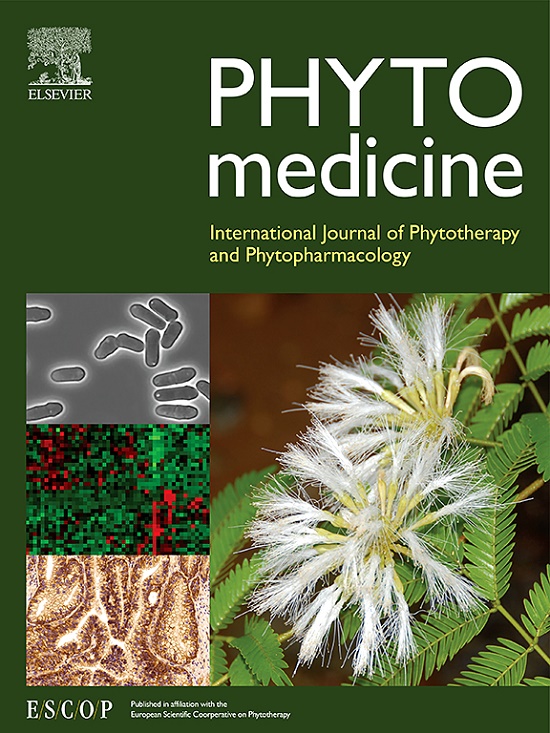α-Hederin causes ferroptosis in triple-negative breast cancer through modulating IRF1 to suppress GPX4
IF 6.7
1区 医学
Q1 CHEMISTRY, MEDICINAL
引用次数: 0
Abstract
Background
Breast cancer ranks first in the global incidence rate of cancer among women. Triple-negative breast cancer (TNBC) is considered to be the most dangerous type because of the lack of specific therapeutic targets and rapid progression. The emergence of ferroptosis provides a new therapeutic perspective for TNBC. α-Hederin is a triterpenoid saponin derived from the traditional Chinese medicine Ivy, which has been proven to have anti-cancer effects on various cancers, but its efficacy and mechanism of inducing ferroptosis in TNBC remain to be further clarified.
Object
To investigate the effect and mechanism of α-Hederin induced ferroptosis in TNBC.
Method
Cell viability was measured by CCK-8 assay, and cell proliferation and migration were evaluated by clone assay and scratch assay. The effect of α-Hederin on TNBC cell apoptosis was assessed by flow cytometry. Transcriptomics searches for critical pathways. Intracellular and lipid reactive oxygen species and Fe2+and Fe were detected by DCFH-DA probe, FerroOrange fluorescent probe and C11-BODIPY fluorescent probe, and the contents of malondialdehyde and reduced glutathione were detected by MDA and GSH kits. Erastin was used as a positive control for ferroptosis and Ferrrostatin-1(Fer-1) as an inhibitor. The relationship between α-Hederin and GPX4, IRF was analyzed by western blot and si-RNA, and the association was further confirmed by molecular simulation docking, external SPR experiments, and luciferase experiments. Constructing xenograft mouse models and human derived organoid models to evaluate the anti-TNBC efficacy of α-Hederin, and verifying the efficacy and ferroptosis mechanism of the drug in vivo through HE staining and IHC.
Result
α-Hederin significantly inhibited the progression of TNBC. In vitro, α-Hederin decreased cancer cell viability through ferroptosis, increased glutathione degradation and MDA production, and promoted intracellular Fe2+ and ROS production, whereas Fer-1, an ferroptosis inhibitor, reversed this effect. Mechanistically, molecular docking and SPR experiments showed binding of α-Hederin to the key regulator IRF1, and knockdown/overexpression of IRF1 significantly affected the expression of GPX4, a downstream target of the ferroptosis pathway. In vivo, α-Hederin prevented tumor growth in xenograft and organoid models via the IRF1/GPX4 axis.
Conclusion
We proved for the first time in this research that α-Hederin exerts anti-TNBC effects through a novel IRF1/GPX4 ferroptosis pathway.

求助全文
约1分钟内获得全文
求助全文
来源期刊

Phytomedicine
医学-药学
CiteScore
10.30
自引率
5.10%
发文量
670
审稿时长
91 days
期刊介绍:
Phytomedicine is a therapy-oriented journal that publishes innovative studies on the efficacy, safety, quality, and mechanisms of action of specified plant extracts, phytopharmaceuticals, and their isolated constituents. This includes clinical, pharmacological, pharmacokinetic, and toxicological studies of herbal medicinal products, preparations, and purified compounds with defined and consistent quality, ensuring reproducible pharmacological activity. Founded in 1994, Phytomedicine aims to focus and stimulate research in this field and establish internationally accepted scientific standards for pharmacological studies, proof of clinical efficacy, and safety of phytomedicines.
 求助内容:
求助内容: 应助结果提醒方式:
应助结果提醒方式:


